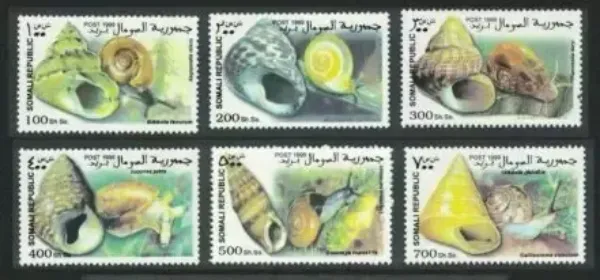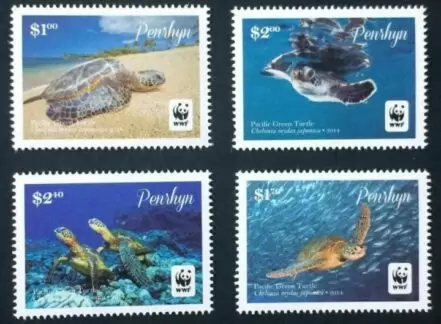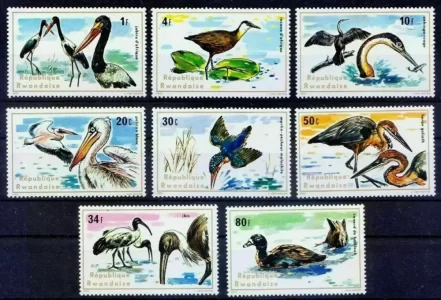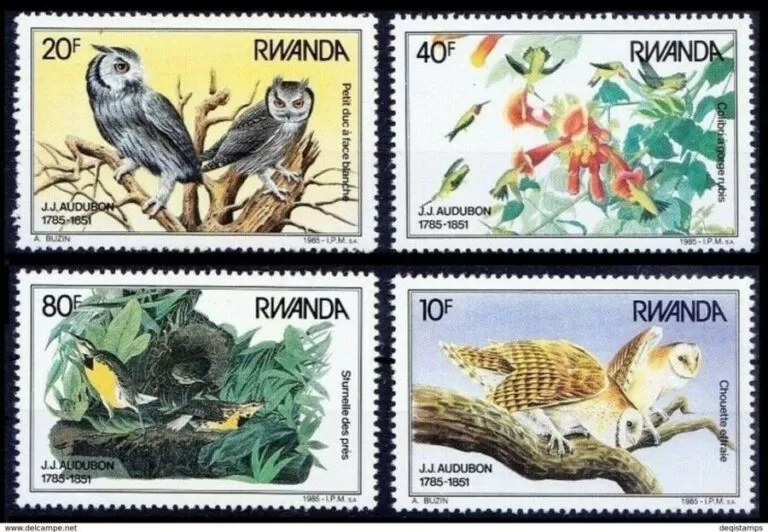Somalia year 1999 stamps – Fauna / Snails MNH (**) set
Snails are fascinating creatures belonging to the class Gastropoda, which is one of the largest and most diverse classes of invertebrates. They are found in diverse habitats worldwide, including terrestrial, freshwater, and marine environments. Here are some key points about snails:
- Anatomy: Snails are characterized by their spiral-shaped shells, which are composed of calcium carbonate and serve as a protective structure for their soft bodies. They move by gliding along a muscular foot, leaving behind a trail of mucus to aid in locomotion.
- Habitats: Snails inhabit a wide range of habitats, including forests, grasslands, deserts, wetlands, rivers, lakes, and oceans. Terrestrial snails are commonly found in leaf litter, soil, and vegetation, while freshwater snails inhabit ponds, streams, and rivers. Marine snails can be found on rocky shores, sandy beaches, and coral reefs.
- Diet: Snails are primarily herbivorous, feeding on a variety of plant material, including leaves, fruits, and algae. However, some species are omnivorous or carnivorous, preying on small invertebrates, carrion, or detritus. Snails use a specialized feeding structure called a radula to scrape and rasp food particles.
- Reproduction: Snails are hermaphroditic, meaning they possess both male and female reproductive organs. However, most species still require mating with another individual to fertilize their eggs. After mating, snails lay eggs in gelatinous egg masses, which are often deposited in moist or protected areas.
- Ecological Importance: Snails play important roles in ecosystems as herbivores, detritivores, and prey for predators. They contribute to nutrient cycling by consuming organic matter and breaking down plant material. Snails also serve as food sources for a variety of animals, including birds, mammals, and other invertebrates.
- Economic Importance: Some species of snails, such as the edible snail (Helix pomatia) and the giant African land snail (Achatina fulica), are commercially harvested for human consumption. However, certain species of snails are considered agricultural pests and can cause damage to crops and garden plants.
- Conservation: Snails face threats from habitat loss, pollution, climate change, invasive species, and overharvesting. Several species of snails are listed as endangered or threatened due to these factors, highlighting the importance of conservation efforts to protect their populations and habitats.












Reviews
There are no reviews yet.